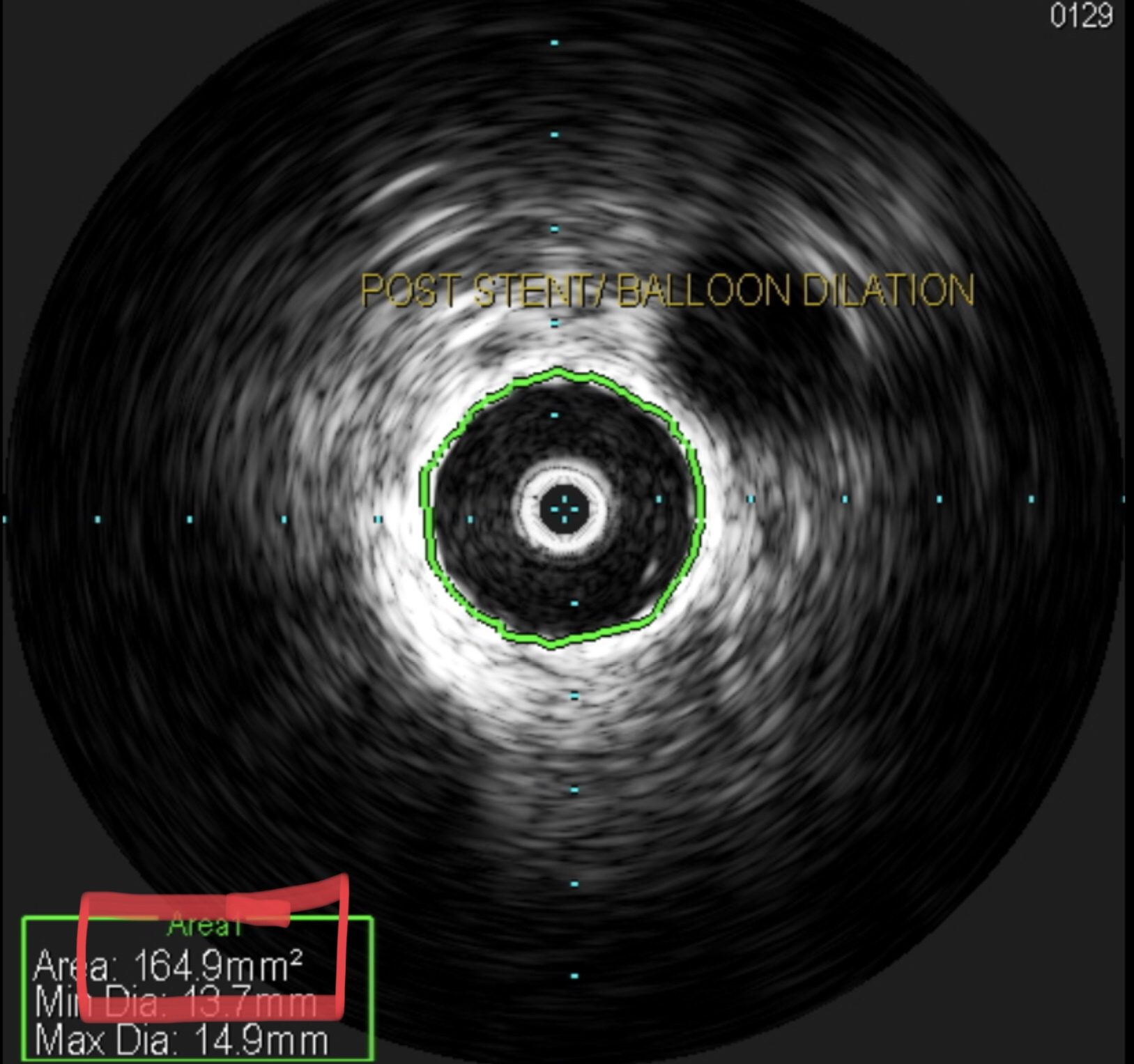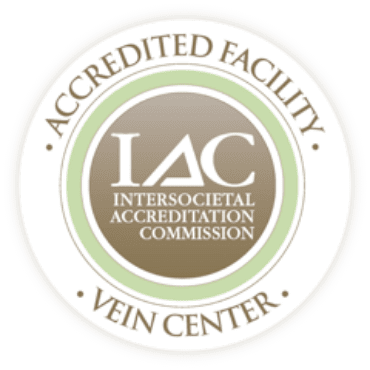Age: 53
Gender: Male
Background: The patient presented with a history of recurrent varicose veins, right lower extremity pain and swelling.
Over the past 15 years, he had undergone multiple procedures on the right lower extremity, including microphlebectomy and endovenous ablation. He returned to our office in recent years for reevaluation.
Clinical Presentation: Upon presentation, he had undergone treatment for the anterior accessory saphenous vein, microphlebectomy and Varithena therapy to address residual segments of the great saphenous vein below the knee. He had also received treatment for the left leg, although it was not as symptomatic.
However, his left leg showed significant venous insufficiency, while his primary complaints involved the right leg. Physical examination revealed recurrent varicose veins in the right groin, discomfort in the right lower extremity, swelling below the knee, and pain and achiness in the thigh region.
Diagnosis and Treatment:
1. Iliac Duplex Scan: The patient returned to the office with persistent pain, achiness and swelling in the right lower extremity, alongside varicose veins in the thigh and groin areas.
Due to his history of numerous prior vein procedures, we decided to perform an iliac duplex scan to assess for any potential iliac vein outflow obstruction.
This study was unremarkable, with clear visualization of the iliac veins and no signs of obstruction or compression based on changes in blood flow velocity.
2. Magnetic Resonance Venography: Given the inconclusive findings from the iliac duplex, we proceeded with magnetic resonance venography (MRV), which similarly did not reveal any evidence of iliac vein compression or other pathology.
Despite these negative imaging results, the patient’s compelling history of right leg pain, achiness, swelling and recurrent varicose veins, particularly in the groin area, led us to pursue further evaluation using intravascular ultrasound (IVUS).
3. Intravascular Ultrasound: The IVUS procedure was done through the left leg, showing a twisted left iliac vein system but no major blockages or extra veins in the pelvis.
Call Or Request An Appointment
Contact us to schedule an appointment with our expert Vein Specialists team. We will evaluate your signs and symptoms, answer your questions, and create a personalized vein care treatment plan to relieve your leg pain and enhance your life.
Schedule Your Appointment TodayUsing the same entry point in the left leg, the right side veins were examined. A severe narrowing was found at the top of the right external iliac vein, close to where it connects with the larger vein. This narrowing didn’t extend into the common iliac vein.
The stenosis resulted in an 80% reduction in the diameter of the vein and a 96% reduction in blood flow:

The area of stenosis or compression is also nicely demonstrated in the balloon inflation image that shows a tight band as the balloons inflated and the band disappearing at maximal inflation.
Outcome: Based on these findings, we used a procedure to open the narrowed vein and placed a metal stent to keep it open. The stent was 16 mm by 100 mm in size and was positioned from the beginning of the common iliac vein to the end of the external iliac vein.
After the procedure, imaging confirmed that the narrowing was successfully treated:

Discussion: This case underscores the importance of clinical judgment. Even though initial tests didn’t show any problems, the patient’s ongoing symptoms suggested something was wrong.
By using a more advanced test (IVUS), we found a serious narrowing in the vein. This reminds us that when a patient keeps having symptoms, it’s important to keep looking for answers, even if early tests come back normal.
Contact Vein Specialists for more information about vein treatment options or to schedule a consultation with Dr. Joseph Magnant and his team, Southwest Florida’s leading vein specialists.
Request an Appointment
Please take a moment and fill out your request below and one of our staff members will be in contact within 24-48 business hours. If this is an emergency, call 911 immediately. If this is a non-emergent concern, please call the office Monday-Friday between 8am – 5pm at: 239-694-8346

